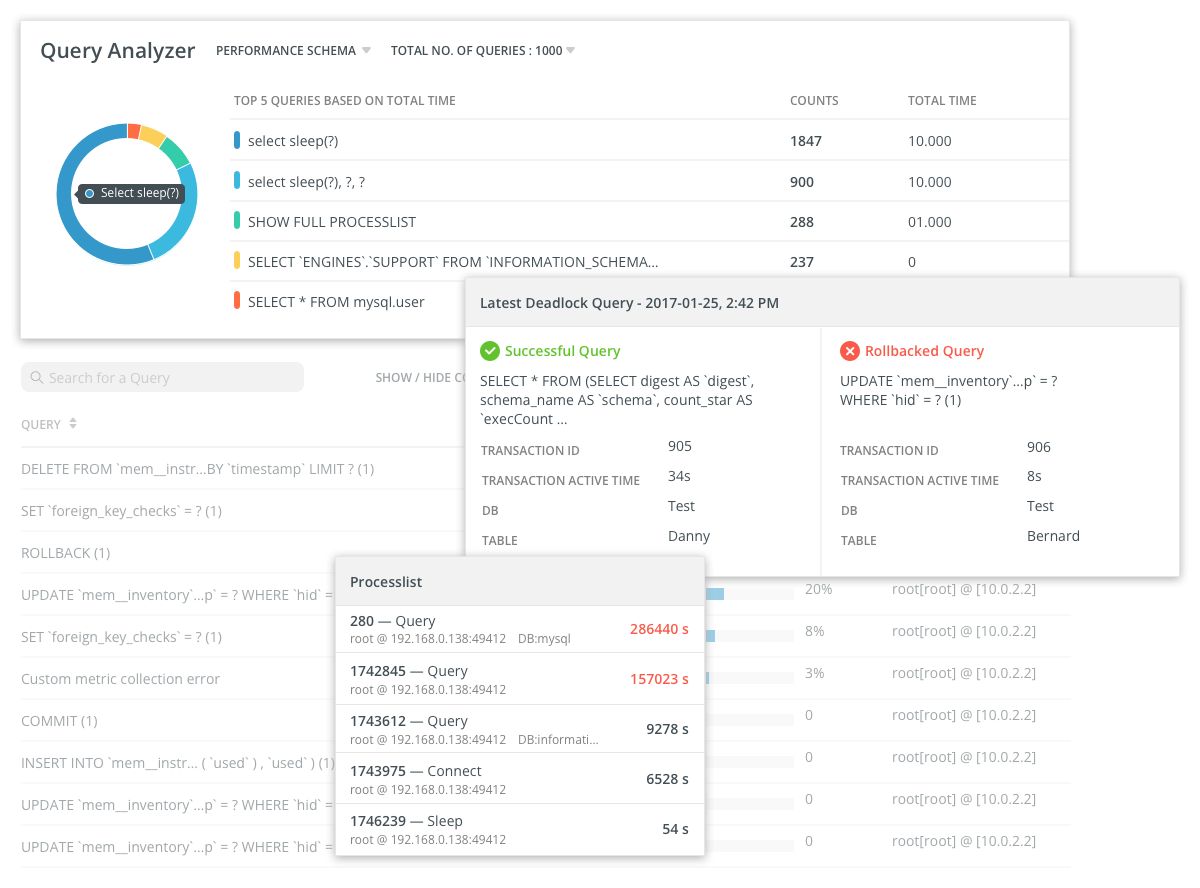Database performance has always been the backbone of successful applications, but traditionally, keeping databases running at peak efficiency has required the expertise of seasoned database administrators working around the clock. Now, artificial intelligence is able to automate database tuning systems by optimizing your database configurations, index strategies, and query execution plans without human intervention. This article explores how these intelligent systems work, examines their practical benefits for modern organizations, and discusses why combining automated optimization with human expertise creates the most effective approach to database performance management.
The Challenges of Traditional Database Tuning
Before we dive into the automated solutions, let's establish why database tuning has historically been such a complex undertaking. A database is not unlike a busy restaurant kitchen during the dinner rush. The kitchen staff needs to coordinate perfectly – knowing which ingredients to prep, how to arrange workstations, and which orders to prioritize – to serve customers efficiently. Similarly, databases must juggle multiple concurrent queries, manage memory allocation, and decide how to access data most efficiently.
Traditional database tuning requires administrators to manually analyze performance metrics, identify bottlenecks, and adjust dozens of configuration parameters. This process demands deep expertise and constant vigilance, as database workloads can shift dramatically throughout the day. A configuration that works perfectly during morning batch processing might cause significant slowdowns when interactive users flood the system in the afternoon.
How AI-Powered Database Tuning Works
Automated database tuning systems function like having an incredibly observant and quick-learning assistant who never sleeps. These AI-powered solutions continuously monitor your database's performance characteristics, analyzing patterns in query execution, resource utilization, and response times. The system builds a comprehensive understanding of your database's behavior under different conditions, much like how a seasoned driver learns to navigate traffic patterns on their daily commute.
The artificial intelligence component employs machine learning algorithms to identify optimization opportunities that might escape human notice. For instance, the system might discover that creating a composite index on seemingly unrelated columns dramatically improves performance for a specific subset of queries that run frequently during certain hours. These insights emerge from analyzing vast amounts of performance data that would be overwhelming for human administrators to process manually.
When the system identifies an optimization opportunity, it can automatically implement changes such as adjusting buffer pool sizes, modifying query execution strategies, or creating new indexes. Crucially, these systems include safety mechanisms that allow them to roll back changes if performance degrades, ensuring that automated improvements never compromise system stability.
The Benefits of Continuous Optimization
The advantages of automated database tuning extend far beyond simply reducing administrative overhead. Consider how your smartphone automatically adjusts screen brightness based on ambient lighting – automated database tuning provides similar adaptive intelligence for your data infrastructure. The system responds to changing workload patterns in real-time, optimizing performance for current conditions rather than relying on static configurations that might have been appropriate weeks or months ago.
This continuous optimization approach proves particularly valuable for organizations with fluctuating workloads. An e-commerce platform, for example, might experience dramatically different database usage patterns during holiday shopping seasons compared to typical business periods. Automated tuning systems adapt seamlessly to these variations, ensuring optimal performance regardless of load characteristics.
Additionally, automated systems can identify and resolve performance issues before they impact end users. By analyzing trends and patterns, these solutions often detect emerging bottlenecks and implement preventive measures, much like how modern cars can predict when maintenance will be needed based on driving patterns and component wear.
Why the Human Touch Still Matters
Despite the impressive capabilities of automated database tuning systems, they don't completely replace the need for manual oversight and optimization. While automated database tuning systems handle routine operations excellently, experienced administrators remain essential for complex situations and strategic decision-making by bringing contextual understanding that automated systems cannot fully replicate. They understand business requirements, anticipate upcoming changes in application usage patterns, and can make strategic decisions about database architecture that go beyond performance optimization. For instance, a DBA might recognize that certain performance issues stem from fundamental design problems that require application-level changes rather than database tuning.
This is where specialized monitoring tools like Navicat Monitor prove invaluable for bridging the gap between automated optimization and human expertise. Navicat Monitor provides database professionals with comprehensive performance monitoring and analysis capabilities that complement automated tuning systems. The platform enables administrators to build custom metrics that track specific performance indicators relevant to their database environments, while its Query Analyzer offers graphical representations of query logs and detailed performance statistics. When automated systems make recommendations or implement changes, Navicat Monitor's visualization tools and alert mechanisms help administrators understand the impact and rationale behind these optimizations, ensuring that human expertise remains an integral part of the database management process.

Conclusion
Automated database tuning represents a significant leap forward in how we manage database performance, offering the promise of continuously optimized systems that adapt to changing conditions without constant human intervention. While these AI-powered solutions handle routine optimization tasks with impressive efficiency, the combination of automated intelligence and human expertise creates the most robust approach to database management. As organizations increasingly rely on data-driven decision making, automated database tuning systems will become essential tools for maintaining the high-performance, reliable database infrastructure that modern applications demand.











